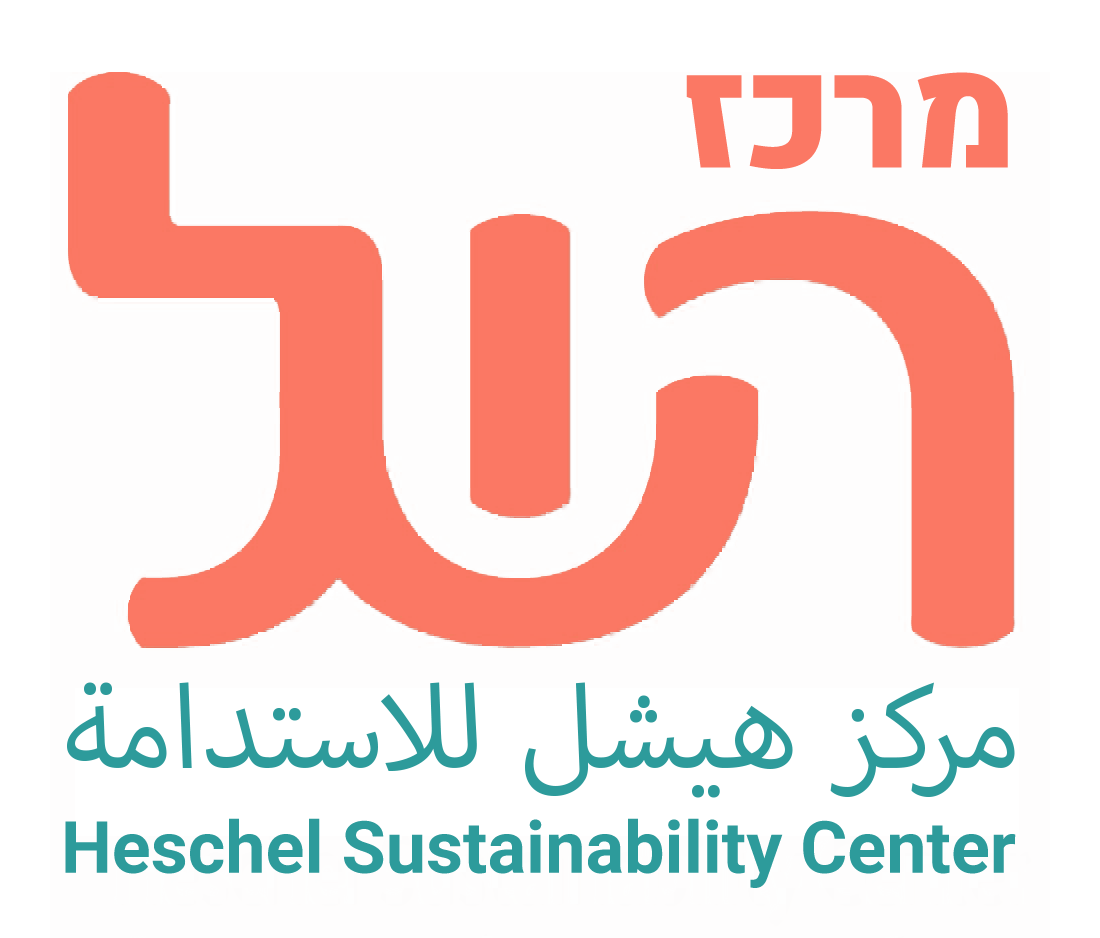Dr. Jeremy Benstein
Rabbi David Hartman, z”l, used to speak about how, before he made aliyah, he expected that when Pesach rolled around in Israel, talk would turn to the loftiest subjects of slavery, freedom and human dignity. That people in the streets would occupy themselves with the central values and themes of the holiday. Instead, he found a people obsessed with recipes. (And, I might add, with legumes).
But perhaps we Jews aren’t so far off. The seder itself mandates us to talk about food: “one who does not discuss three things at the seder has not fulfilled the obligation: the Pesach sacrifice (the lamb), the matzah, and the maror, the bitter herbs”. That’s Rabban Gamliel, whom we quote at the seder itself. In fact there’s a direct connection between what goes into our mouths, the food, and what comes out – the words at Pesach. The central text of the holiday is the Haggadah – “the telling.” Even the name Pesach itself can be understood as a pun – Pe-sach, what “the mouth says.”
And those wonderful perforated crackers – matzah. It is called lechem ha’oni, which of course literally means the bread of affliction, or of poverty. But it too can also be understood to mean – the bread “over which we answer” (oni-m alav) many questions. Claude Levi Strauss famously remarked that “food is good to think with.” We Jews are of course just like everyone else, only more so, and we love to think with our food – and talk about it.
I too want to discuss here a particular seder food – one of most ignored, and yet richest and most suggestive symbolically. We have many foods on the seder table – and most of them we are familiar with and speak about, some at great length. Most are pretty simple: a green vegetable representing spring, something standing in for the Pesach sacrifice.
Matzah is interesting since it actually symbolizes two contradictory things: it is the impoverished bread that symbolizes the affliction and slavery. But also, having been made hastily on the way out of slavery it symbolizes freedom, and the process of liberation.
Maror, the bitter herb, is much simpler, less ambiguous: it symbolizes slavery. Why? Because it is bitter, like slavery.
Now let’s take charoset, that gooey, gluey mishmash of nuts and fruit and wine. According to the Talmud we eat charoset as a remembrance of the mortar used when we were slaves. In other words, it too symbolizes slavery. But how does it taste? Oh, it is sweet! Hmmm – how does that work? Maror symbolizes slavery because it is bitter, and charoset symbolizes slavery and it is sweet. Slavery– the social subjugation of one person to another in all the myriad ways we do that – is indeed a bitter thing. There is nothing sweet – redeeming or attractive – about it. (Except maybe for Pharaoh – and for us, when we play the Pharaoh towards others…).
But the internal subjugation to all sorts of false gods, false promises, addictions great and small – those can be sweet indeed, and so difficult for us to liberate ourselves from. One huge example of this is our consumer lifestyle, which is one of the sweetest and most destructive enslavements that we have – precisely because it masquerades as freedom.
That’s one thing the charoset reminds us of. True freedom can be a scary thing – and our internal enslavements comforting and seductive.
Another thing that charoset does – totally unintentionally, as it were – is demonstrate the importance of freedom of a different sort. It part of the seder, yet is the least halachically (legally) defined part of it. There are no rules as to how to make it, no requirements as to how much to eat. The story of charoset is a phantasmagoric celebration of global Jewish multiculturalism. There are hundreds of recipes from Calcutta to Curacao, from Baghdad to Bialystok – and they’re all kosher and valid and delicious! In a small but tasty way – it shows us how much freedom of expression can bloom when there are structures and common ideals, but no authoritarian compulsion. And maybe in this it is being true also to its original symbolism of the mortar – but this time not as an element of slavery, but as the mortar that can joyously bind all Jews together everywhere.
And finally, a different sort of symbolism entirely. This makes charoset like the matzah, a deceptively simple item with many layers of meaning: didn’t I say that food is good to think with? Here is a further secret of charoset, and the seder that I learned from my friend and colleague Rabbi Arthur Waskow. While, as I mentioned, there is no one single set of instructions for how to make charoset, there is a Biblical remez, a hint of what the ingredients should include: apples, wine, figs, nuts, cinnamon and other spices. Where do these all appear – in the most sensuous of settings? In Shir Hashirim, the Song of Songs, which we read on the Shabbat of Pesach. Waskow calls the setting there “Garden of Eden for grownups” – not Adam and Eve as scared adolescents, but the woman and man of Shir Hashirim are mature loving adults, enlivened by eros and desire, and the full range of sensuous pleasures, and the redeeming power of spiritual and physical love.
Think about that when you dip your matzah – bread of affliction and freedom – and maror – the memory of the bitterness of enslavement –into the sweet and tangy paste of charoset! It’s a lot to chew on…
May we have a week of preparation for the festival of spring and of freedom that brings a little more redemption into the world, for us, our families, our communities, all Israel, people everywhere, and kol yoshvei tevel– all fellow residents of this world.
Photo Credit: Meg Stewart
